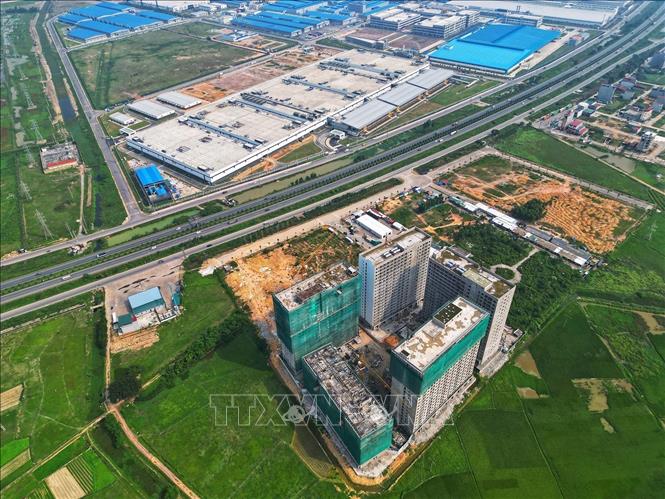Urgent Deployment of National Land Database Construction

The construction and completion of a national land database will greatly enhance the efficiency of land resource utilization in management, administration, synthesis, as well as sustainable and rational exploitation for government agencies, businesses, and citizens. The Ministry of Natural Resources and Environment, through the Department of Registration and Land Information, is undertaking the development of a national land database. This database will include primary data such as cadastral maps, registration records, certificates, as well as land price, statistical data, land inventory, planning data, and land use plans.
The central government has already completed four components of the national land database: utilization status data for both regional and national land, national land planning and usage plans, land price data, and basic land surveys for both regional and national land. Across the country, all 63 provinces and centrally-run cities are constructing and completing local land databases. So far, 455 out of 705 district-level entities have finished their cadastral databases, which include over 46 million land parcels to support state land management and administrative procedures for citizens and businesses.
While progress has been made in constructing and completing the national land database, it still falls behind schedule. The main reason for this delay is the lack of proactive and resolute efforts from some localities in building the database. The attention, direction, and investment in resources for the construction and completion of the land database by local authorities remain limited and inadequate, not proportional to the required tasks. In many places, the positive role of the land information system and land database in management and citizen service is not fully recognized. The land records and documents have been formed through different stages, resulting in inconsistent data. The data is extensive and complex, including both graphic and attribute information, making the construction of the land database challenging.
Furthermore, the professional and technical capacity of land database construction and management officials at central and local levels is still limited. The information technology infrastructure, security, and information protection in localities do not yet meet the requirements, causing difficulties in operation, connection, and sharing with other information systems.
On March 17, 2023, the Government issued Resolution No. 37/NQ-CP, approving the Government’s Action Program to implement Resolution No. 18-NQ/TW dated June 16, 2022, of the 5th plenum of the 13th Party Central Committee on “Continuing to innovate and improve the land management system, policies, and effectiveness to create momentum for our country to become a high-income developed country.” This resolution emphasizes the importance of administrative reform and digital transformation in land. The goal is to complete the construction of a unified, synchronized, and interconnected national land database and information system by 2025.
To expedite the construction and operation of the land database, the Ministry of Natural Resources and Environment has issued Directive 3787/BTNMT-CĐKDLTTĐ on May 26, 2023. It calls for local authorities to accelerate the construction of land databases, review and integrate the databases of district and commune-level administrative units into the management, operation, updating, and exploitation of the land data.
The national land information system managed by the Ministry of Natural Resources and Environment aims to share the land databases of localities to facilitate their management and operation. It also aims to integrate the local land databases into the national land database. Additionally, the system provides guidance and training in the administration and operation of the national land information system, with hierarchical management.
The national land information system provides information on land resources for economic and social development through connection, interoperability, and sharing with other national databases and information systems, such as population, construction, taxation, real estate trading platforms, and notary public databases. This assists in the management and facilitation of administrative procedures, creating convenience for citizens and businesses.
For more information on finance and economics, visit Business Today.
